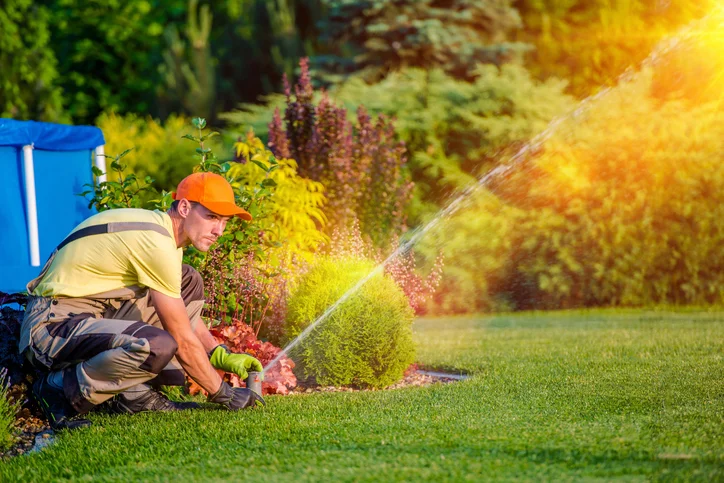Outdoor workers- take precautions in warm weather
/Summer is here - temperatures are rising, plants are growing and insects are thriving. Things may be lush and green where you live but beware – all that beauty also means special precautions need to be taken to avoid potential natural hazards that are lurking. From farmers to road construction crews to construction workers, anyone who makes their living being outdoors is at risk and must protect themselves against heat, sun exposure, and other threats to their health.
Here are the potential natural hazards outdoor workers should be aware of and how to manage them:
Sun exposure
Sunlight contains ultraviolet (UV) radiation, which causes premature aging of the skin, cataracts, and skin cancers. No UV ray exposure is safe which is why it is important to be especially careful when spending a lot of time outdoors. Here’s how to manage those harmful rays:
· Cover up by wearing loose-fitting, long-sleeved shirts and long pants
· Use sunscreen with a sun protection factor (SPF) of at least 30
· Wear a hat with a wide brim, not a baseball cap. Wide-brimmed hats work best as they protect the neck, ears, eyes, forehead, nose, and scalp.
· Wear UV-absorbent sunglasses for eye protection. Sunglasses should block 99 to 100 percent of UVA and UVB radiation. Read the product tag to make sure it does it before buying.
· Limit exposure to the sun if possible UV rays are most intense between 10 a.m. and 4 p.m.
Heat exposure
Heat and humidity are a potentially deadly combination during the summer months. Take precautions by doing the following:
· Drink small amounts of water frequently
· Wear light-colored, loose-fitting, breathable clothing – especially clothes made with cotton
· Take frequent short breaks in cool shade
· Eat smaller meals before working outdoors
· Work in the shade
· Avoid caffeine and alcohol or sugary beverages
· There are 3 kinds of major heat-related disorders - know the warning signs of heat cramps, heat exhaustion, and heat stroke.
Lyme disease/Tick-borne diseases
Special precautions need to be taken to avoid the illnesses of tick-borne diseases. These diseases are transmitted to people by bacteria from bites of infected deer ticks. In most cases of Lyme disease, but not all, victims will develop a “bulls-eye” rash. Other signs and symptoms may be similar to flu-like symptoms such as a fever, lymph node swelling, neck stiffness, fatigue, headaches, joint aches or muscle aches. If you work outdoors clearing brush, doing landscaping, farming, utility lines or park and wildlife management, protect yourself with these precautions:
· Wear light-colored clothes to see ticks more easily
· Wear long sleeves, tuck pant legs into socks or boots
· Wear high boots or closed shoes that cover the feet completely
· Wear a hat
· Use tick repellant
· Shower after work
· Examine your body for ticks frequently
· Remove attached ticks promptly with a fine-tipped tweezers by gripping the tick. Do not use petroleum jelly, a hot match, or nail polish to remove the tick.
This virus is transmitted by the bite of an infected mosquito. Symptoms can include fever, headache, and body aches and occasionally a skin rash on the trunk of the body and swollen lymph glands. Protect yourself in these ways:
· Apply Picaridin or insect repellant with DEET to exposed skin
· Spray clothing with repellents containing DEET or permethrin
· Wear long sleeves, long pants, and socks
· Be extra cautious at dawn or dusk when mosquitos are most active
· Get rid of standing water to reduce mosquito breeding areas
Poison Ivy-related Plants
Poison ivy, poison oak, and poison sumac have poisonous sap called urushiol in their roots, stems, leaves and fruit. Urushiol can be deposited on the skin by direct contact or contamination such as clothing, shoes, tools, and animals. Up to 85 percent of the general population will develop a reaction of an itchy, blistery rash. To lower your risk and protect yourself from these plants, do the following:
· Wear long-sleeved shirts and long pants tucked into boots. Wear cloth or leather gloves
· Apply barrier creams to exposed skin
· Know how to identify poison ivy, oak and sumac plants
· If you do come into direct contact with one of these plants, use rubbing alcohol to remove the oil resin up to 30 minutes after exposure





































































